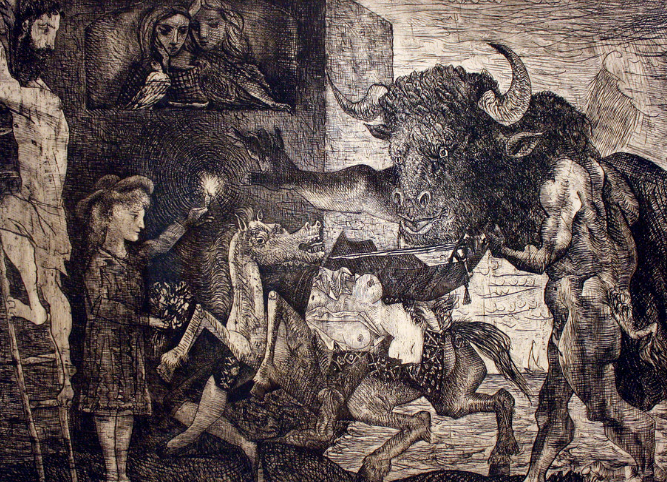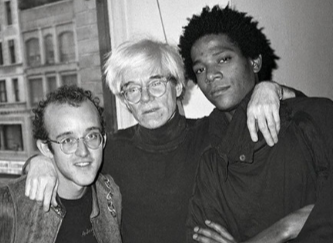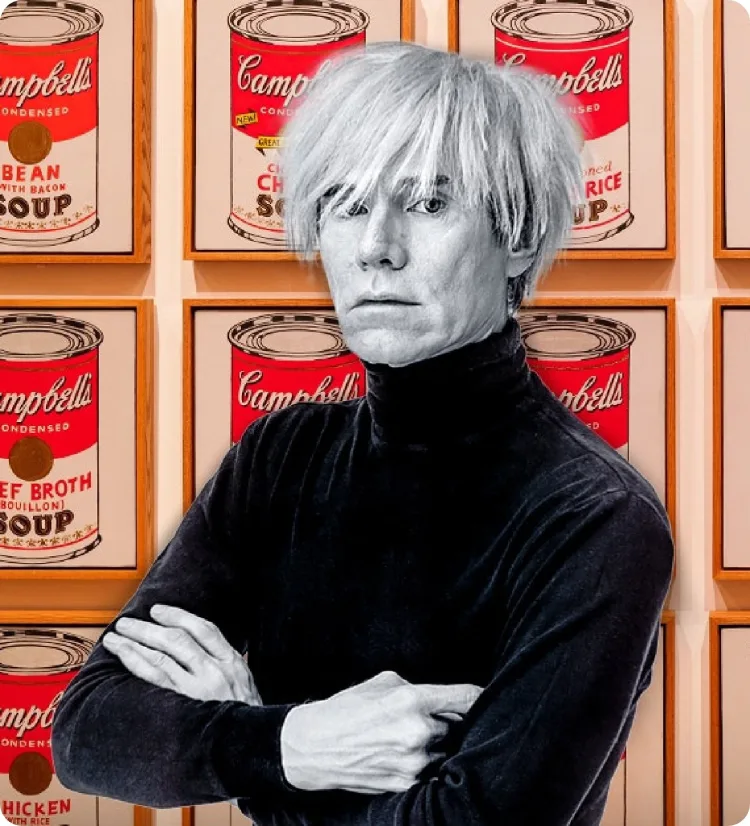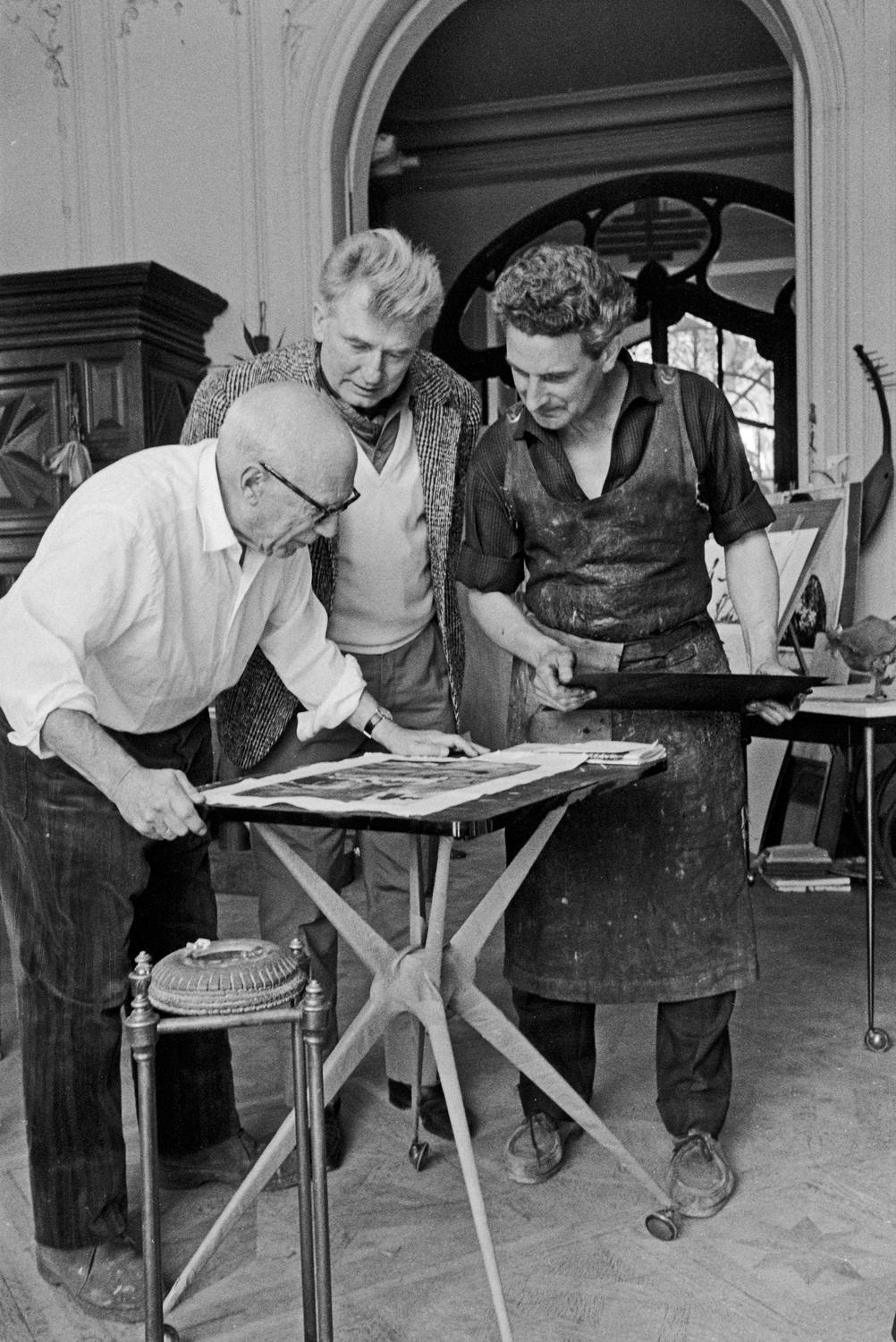The 2025 Art Market for Prints: Stability Amidst Change

As we approach 2025, the art market for prints is poised for a phase of stability, characterized by specific regional growth, the expansion of digital platforms, and a dynamic shift in collector demographics. Although the mid-tier segment may experience pressure from potential tax changes, the overall landscape appears promising, buoyed by the enduring appeal of iconic works.
By GAC

Stability Despite Economic PressuresWhile the art world often mirrors broader economic trends, predictions for 2025 suggest that the prints market will maintain a steady trajectory. Art investment has historically been viewed as a hedge against inflation and economic uncertainty, providing solid ground for markets characterized by rare and iconic pieces. As collectors continue to seek out works by established artists, the appreciation of these pieces is likely to safeguard the market against volatility.

However, mid-tier prints may face hurdles. Proposed tax changes could affect the buying patterns of mid-level collectors, potentially diminishing their purchasing power and shifting focus to higher-end artworks. This challenge emphasizes the need for recovery strategies among galleries and online platforms that cater to this segment.

The Rising Tide of Digital PlatformsIn a world increasingly dominated by technology, the art market is not exempt from digital transformation. The pandemic accelerated the adoption of online sales platforms, and these trends are expected to deepen in 2025. Digital prints and online sales will play an increasingly prominent role in shaping the market, offering convenience and accessibility for both established and emerging collectors.

Platforms such as Artsy, Saatchi Art, and specialized auction houses have fostered new opportunities for engagement, allowing buyers from diverse backgrounds to explore artworks from around the globe. The lower barriers to entry in the digital space are likely to result in an influx of new collectors, further invigorating the market.
Emerging Markets and New CollectorsA notable aspect of the 2025 art market landscape is the emergence of new collectors from diverse backgrounds and regions. As art appreciation expands in developing economies, countries in Asia, Africa, and South America are gaining traction. The influx of wealth and interest in art in these regions suggests a burgeoning class of collectors eager to invest in prints and diversify their portfolios with unique, culturally significant works.
This demographic shift also brings forth fresh perspectives on printmaking as an art form, challenging traditional views and redefining value in modern artworks. As these collectors enter the market, their preferences and investment strategies will likely influence the types of prints that gain popularity, pushing artists and galleries to adapt to evolving tastes.
ConclusionIn sum, the 2025 art market for prints is expected to showcase a resilient stability influenced by several key factors—iconic works holding their value, the expansion of digital sales, and the participation of new collector demographics. While challenges exist, particularly within the mid-tier segment facing potential tax complications, these hurdles are offset by the promise of regional growth and the integral role of digital engagement.